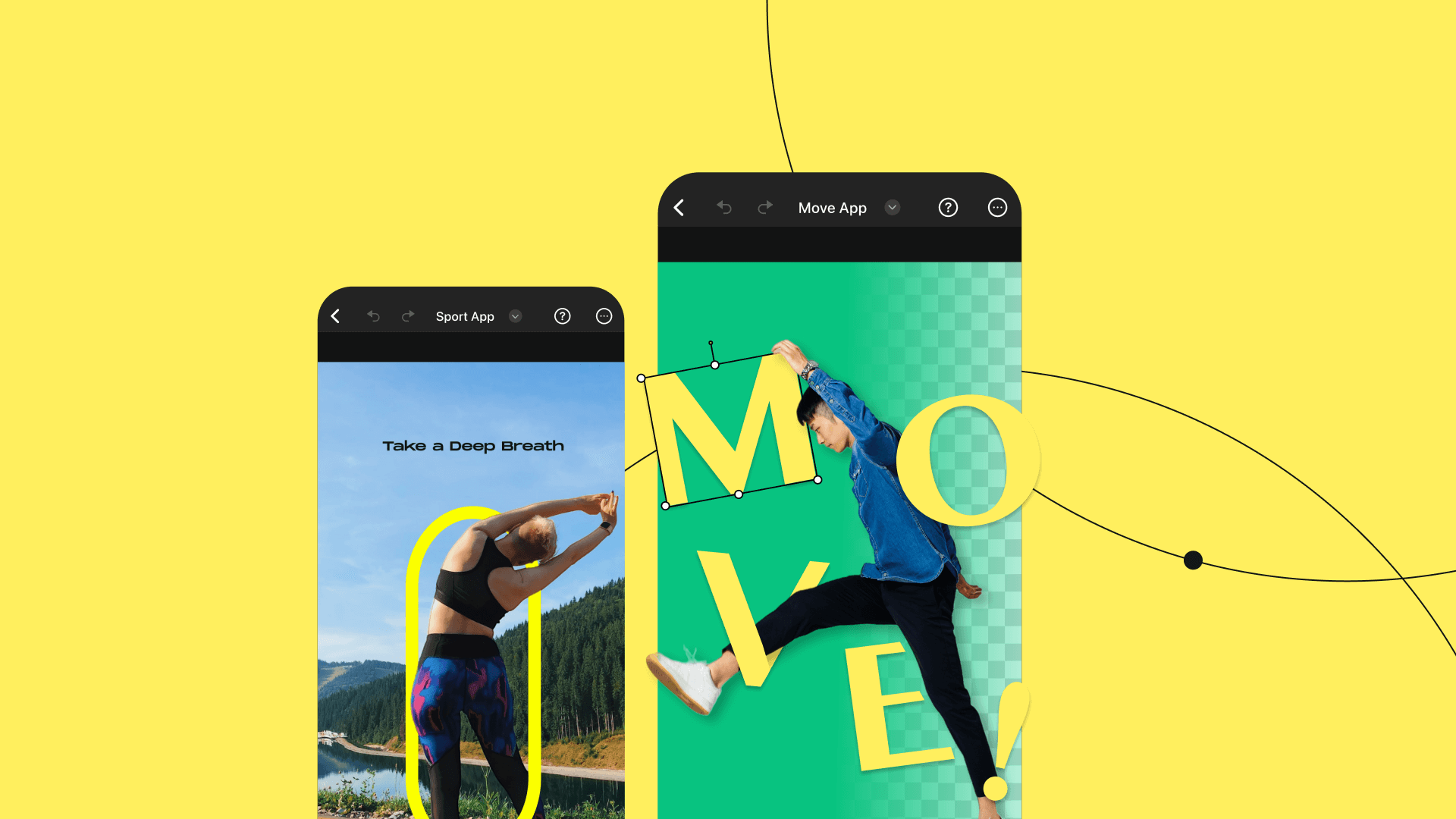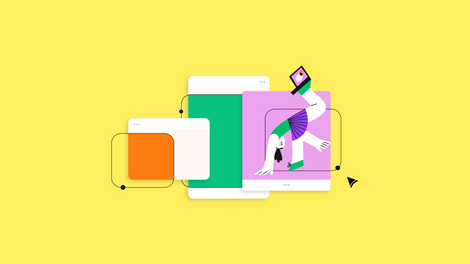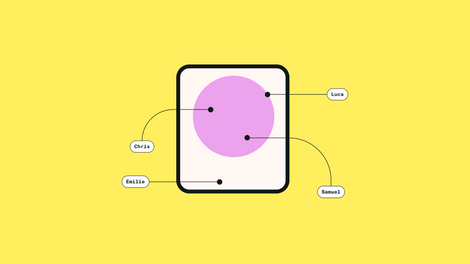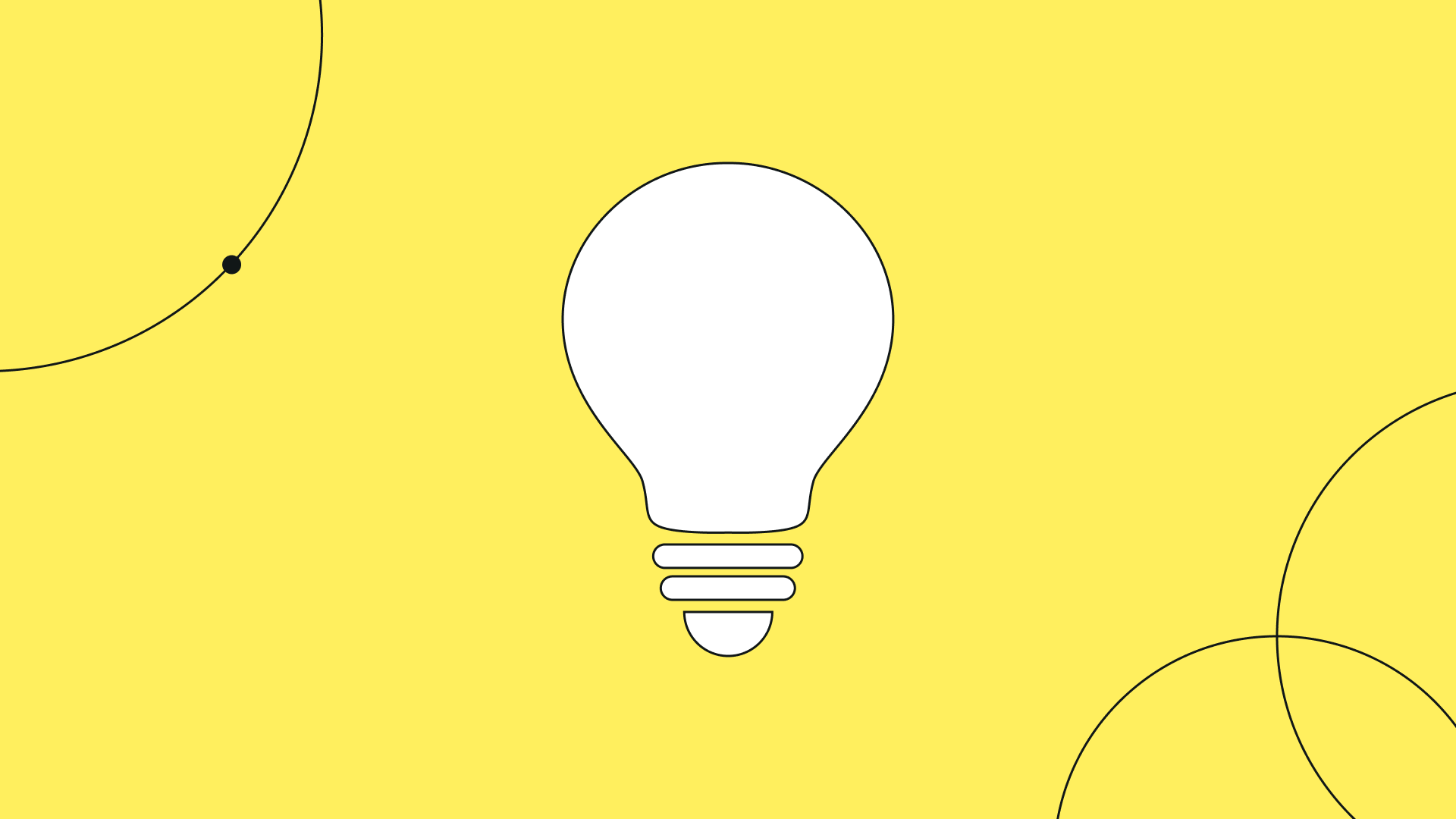In the digital age, where many of us jokingly refer to our smartphones as extensions of our arms, designing an app is akin to creating an advanced set of fingertips.
App design isn't just about appearances; it's about crafting seamless interactions where user experience is the North Star of your software product. Yet, mastering app design isn't a walk in the park; it's a complex endeavor that demands a profound understanding of user behavior, an arsenal of app design tools, and a creative flair to transform ideas into user-friendly interfaces.
In this guide, we unpack the secrets of mobile app design, unveiling the art and science behind creating mobile experiences that captivate and connect.
What is app design?
App design is the process of creating user interfaces and user experiences for computer programs and software that run on mobile devices (phones, tablets, watches). This design discipline involves a collaboration between graphic designers, UX/UI designers, and developers. The complexity of mobile app design for graphic designers lies in translating design concepts into user-friendly interfaces that adhere to design guidelines specific to each platform, such as Android and iOS.
The history of app design dates back to the early days of mobile computing, when the first mobile applications were simple, utilitarian programs. Over time, as mobile technology evolved, so did app design. Designers had to adapt to changing screen sizes, resolutions, and technological advancements, leading to the development of responsive design techniques and design apps tailored for mobile platforms.
Today, mobile apps have become an integral part of our daily lives, spanning various categories such as social media, gaming, productivity, and more. They are used on a wide range of devices, from small-screen smartphones to larger tablet devices. Designers need to consider how their designs will scale and adapt across these different orientations while maintaining a cohesive and user-friendly experience.
The importance of UX and UI in app design
The importance of UX (User Experience) and UI (User Interface) in app design cannot be overstated. UX focuses on the overall user journey, ensuring that every interaction with the app is intuitive and seamless. It involves understanding user needs, conducting research, and creating mobile design systems that guide the decision process. A well-crafted UX design takes into account real user preferences, behaviors, and user inputs, leading to higher user satisfaction.
On the other hand, UI is concerned with the visual design elements of the app. It encompasses layout, typography, colors, and icons, making the app visually appealing and user-friendly. Effective UI design not only enhances the aesthetic appeal but also helps users navigate the app effortlessly. Icons and buttons should be easily recognizable, and text should be legible, especially in portrait mode on mobile devices.
The collaboration between UX and UI designers is crucial. While UX sets the foundation for a logical and user-centered flow, UI designers bring it to life with a visually pleasing interface. This collaboration ensures that the app not only looks good but also functions seamlessly. It's not just about creating a beautiful app; it's about crafting an experience that keeps users engaged and satisfied.
Moreover, UX and UI play a vital role in communication within the development team. Clear and well-defined design systems, wireframes, and prototypes provided by UX and UI designers serve as a blueprint for the development process. This eliminates ambiguity, reduces development time, and minimizes costly revisions.
App design terms to know
Skeuomorphism
The roots of skeuomorphism can be found in the early era of graphical user interfaces, as designers at Apple and Microsoft in the 1980s employed visual metaphors to help users better grasp digital functions. Iconic early instances encompass the trash can symbolizing file deletion and the floppy disk representing document saving.
Information Architecture
Information architecture (IA) involves the organization and structure of content within an app. It focuses on how information is categorized, labeled, and presented to users to ensure that they can easily find what they need. Effective IA contributes to a better user experience.
Microinteractions
Microinteractions are subtle, often animated, interactive elements within an app that provide real-time user feedback or engage users in small ways. Examples include button presses, hover effects, and notification animations, all of which enhance the overall user experience.
Accessibility
Accessibility in the design process involves designing and developing apps to be usable by individuals with disabilities. It includes considerations for screen readers, keyboard navigation, and providing alternative text for images, making the app inclusive to a wider audience.
Responsive Design
Responsive design is an approach that mobile designers adopt to ensure an app's layout and content adapt to different mobile screen sizes and devices. Providing a consistent and user-friendly experience for mobile users.
How to design an app
Designing an app requires a careful blend of creativity, technical expertise, and user-centric thinking. Mobile apps have made a huge impact on our daily lives, offering convenience, entertainment, and productivity at our fingertips. With over 3.48 million apps available for download on Google Play Store and 2.22 million on Apple's App Store as of 2021, a well-designed app can be a game-changer.
Let's delve into the technical specifics of a designer's process when creating an app and explore the recommended design tools to achieve a seamless user experience.
The app design workflow
App designers start by conducting thorough market research to identify their target audience and market trends. This research helps in creating user personas, detailed representations of the ideal app users. These personas encompass demographics, preferences, pain points, and behaviors.
Once user personas are established, designers create user journey maps. These visual representations outline the steps users take while interacting with the app, helping designers identify potential friction points and opportunities for improvement. Wireframes are then developed, serving as the skeletal structure of the app's interface. They depict the layout, navigation, and placement of essential elements, providing a clear blueprint for the app's functionality.
Taking wearable devices into design consideration
Wearables are becoming increasingly prevalent, offering designers a multitude of possibilities to enhance user experiences. One prominent example is the Apple Watch, which has gained substantial popularity for its health tracking features and seamless integration with iOS apps. When considering wearable devices, app designers must take into account not only the smaller screen size but also the unique interactions that wearables afford, such as haptic feedback and voice commands.
Beyond the Apple Watch, there's a diverse range of wearable devices to consider. Augmented Reality (AR) glasses, such as the Microsoft HoloLens and Google Glass, represent a unique frontier in wearable technology. Designers working on AR apps need to craft experiences that overlay digital information seamlessly onto the user's field of vision, providing useful context and enhancing real-world interactions.
Choosing the right design tools
To bring app design projects to life, designers can utilize a range of specialized tools. Here are a few practical recommendations.
Figma, a cloud-based design tool, has gained immense popularity among designers for its real-time collaboration features. Adobe XD is another powerful tool, known for its design capabilities and integration with the Adobe Creative Cloud suite. Additionally, Linearity Curve, a relatively newer tool, has gained traction for its unique approach to interface design, allowing designers to create visually appealing and user-friendly apps.
Jumpstart
your ideas with
Linearity Curve
Take your designs to the next level.
Leveraging design templates
Mobile app design templates, available in abundance online, can serve as a great starting point for designers. These templates offer pre-designed UI elements that can be customized to suit the app's branding and functionality, saving both time and effort. Furthermore, app designers often rely on user interface (UI) kits and design systems to maintain consistency throughout the app. Software like Linearity Curve also boasts App Store screenshot templates that help designers create promotional material for the newly built apps.
App design testing and quality assurance
Once the design is complete, it's essential to test it thoroughly to ensure it functions flawlessly on various screen sizes, devices, mobile forms, and operating systems. Tools like Apple's TestFlight and Google Play Console provide avenues for beta testing and feedback collection.
App design trends
Whether you're a freelance designer or part of an app design agency in San Francisco, following this comprehensive design process and staying updated with the latest design trends is crucial in delivering a mobile app that leaves a lasting impression in the ever-evolving world of digital applications.
In 2023, app design is undergoing significant changes driven by key trends. Basic animations are subtle yet impactful visual elements that make for an enjoyable and seamless experience. Adaptive designs are ensuring that apps easily adapt to different devices, offering a consistent and awesome design across platforms. The rise of 3D design is introducing new levels of creativity and immersion to app interfaces.
Furthermore, video content is becoming a pivotal element in app design, enriching storytelling and user engagement. These trends are reshaping the app design landscape, offering designers fresh avenues for innovation in a highly competitive field.
But let's dive into the more cutting-edge trends that are essential to remaining at the forefront of app development in 2023 and beyond.
Cutting-edge app trends to know
Neumorphism
Neumorphism is a design trend that blends elements of skeuomorphism and flat design. It involves creating user interfaces that mimic real-world objects, giving them a soft, tactile appearance. Neumorphic design relies on subtle shadows and highlights to create buttons, cards, and other UI elements that appear to be raised from the surface, providing a visually pleasing and interactive experience.
Dark mode and low-light interfaces
Dark mode continues to gain popularity in app design due to its aesthetic appeal and energy-saving benefits on OLED screens. Many apps now offer a dark theme option, and designers are incorporating low-light interfaces that are easier on the eyes during nighttime use. The trend extends beyond color schemes, encompassing design elements optimized for dimly lit environments.
Minimalism and micro-interactions
Minimalist app design remains a strong trend, emphasizing simplicity, clean lines, and an uncluttered user interface. Microinteractions, such as animated icons and subtle transitions, play a crucial role in providing feedback and enhancing user engagement. These small yet meaningful interactions create a more enjoyable and intuitive user experience.
Augmented reality (AR) integration
As AR technology becomes more accessible, app designers are incorporating AR features to offer users immersive experiences. AR can be used for interactive product previews, location-based information, and gamified elements within apps. Integrating AR requires careful consideration of how digital elements interact with the real world.
Voice user interfaces
With the increasing prevalence of voice-activated devices like smart speakers and virtual assistants, VUI is gaining traction in app design. Designers are optimizing apps for voice commands, allowing users to navigate and interact with the app using natural language. Ensuring a seamless voice experience involves designing clear voice prompts and considering the context of use.
Data visualization and infographics
Apps are increasingly incorporating data visualization and infographics to present complex information in a more digestible and engaging format. This trend is particularly prevalent in fitness, finance, and educational apps, where users benefit from visual representations of data and statistics.
Sustainability and eco-friendly design
As environmental consciousness grows, app designers are integrating eco-friendly elements into their interfaces. This includes features like carbon footprint calculators, sustainable product recommendations, and energy-efficient settings. Sustainable design not only aligns with social responsibility but also resonates with users who prioritize environmental concerns.
Inclusive design
Accessible design and inclusivity have become central themes in app design. Designers are incorporating features like customizable font sizes, screen readers, and color contrast adjustments to ensure that apps are accessible to users with disabilities. This trend further democratises mobile usage and attracts a wider target audience.
Effortlessly navigate the path to app design success
In the world of app design, the journey from novice to professional designer is marked by continuous learning and growth. As you embark on this exciting path, remember that the choices you make in app design are pivotal. Strive for professional designs that not only fulfill your vision but also cater to the majority of users, ensuring an inclusive experience.
Your journey begins with your unique app ideas, but it doesn't end there. To create beautiful designs, stay inspired by exploring the latest design concepts and trends. Seek and embrace user feedback, for it is the compass that guides your design improvements.
In this beginner's guide, we've touched on the essential aspects of app design, from understanding your target audience to making informed app design choices. Keep in mind that while the path may have its challenges, it's also filled with opportunities for innovation and creativity.
As you embark on your app design journey, never lose sight of your passion, and remember that every click, every swipe, and every interaction is a chance to create something beautiful, functional, and impactful. Happy designing!
Ready to embark on your journey to app design excellence with Linearity Curve?
Jumpstart
your ideas with
Linearity Curve
Take your designs to the next level.
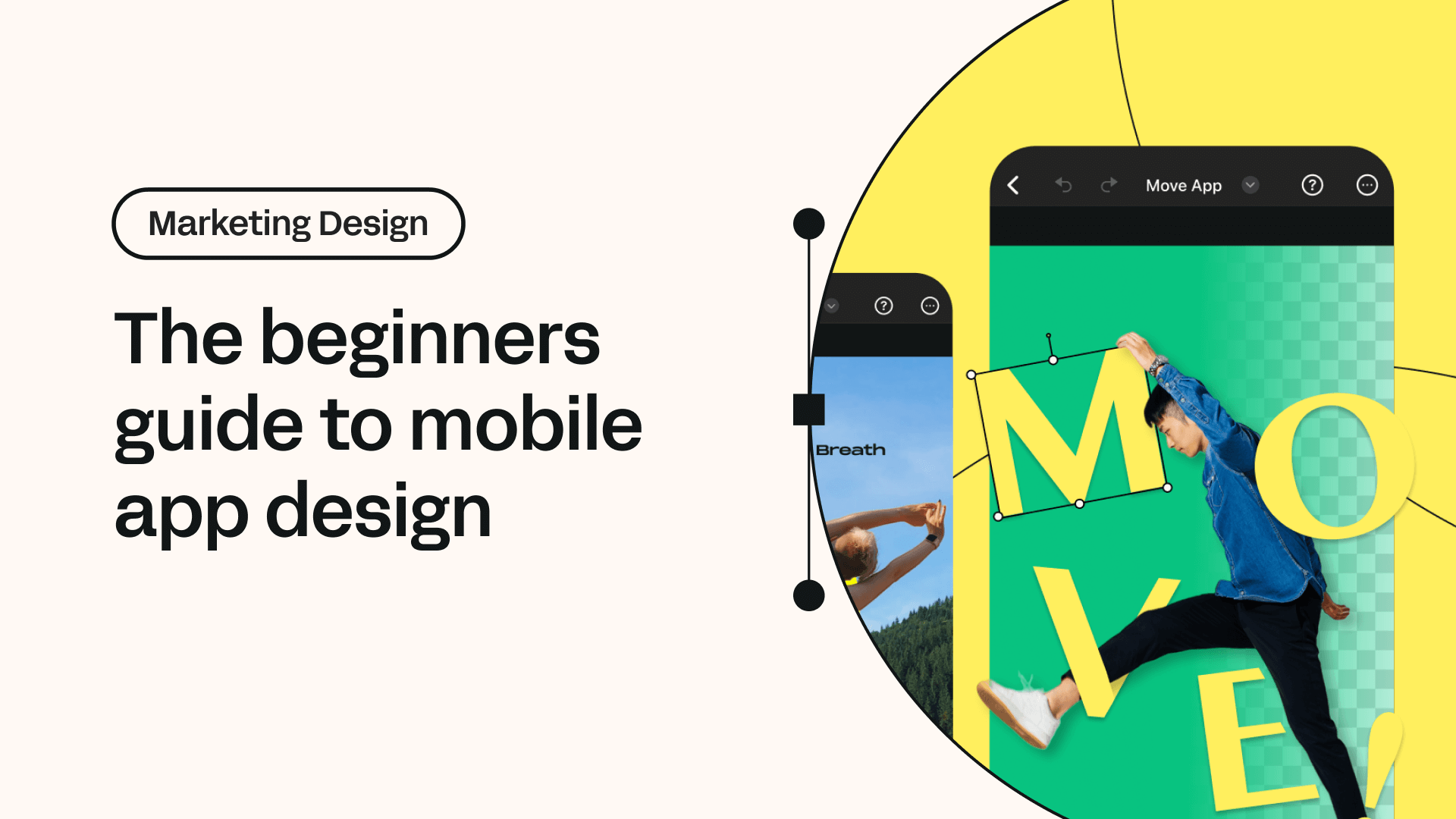
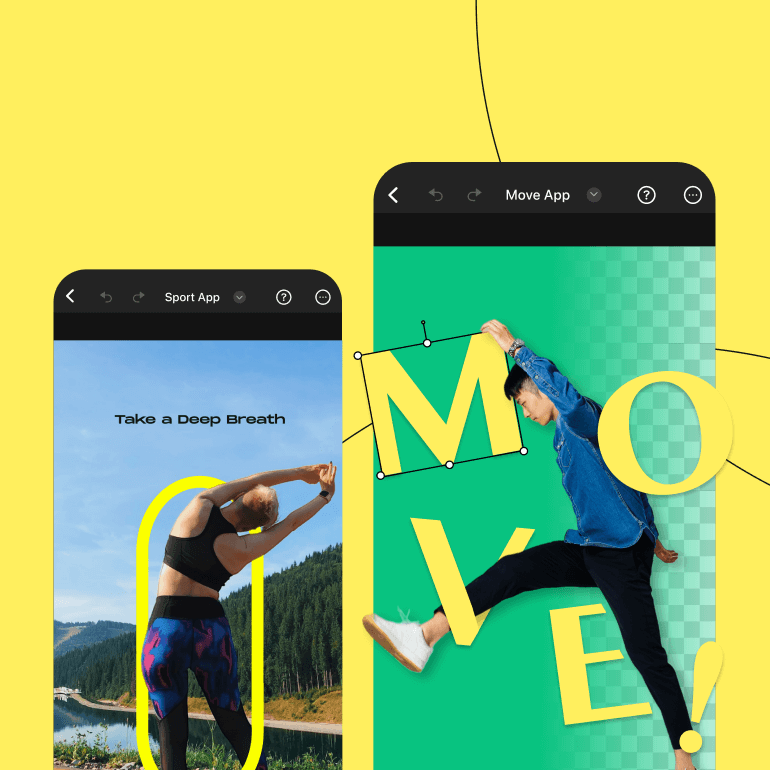
Share this!
Tracey Che King
Tracey is a Content Writer for Linearity in Berlin. Her hobbies include content creation, painting, fashion, and food.

:quality(75))
:quality(75))
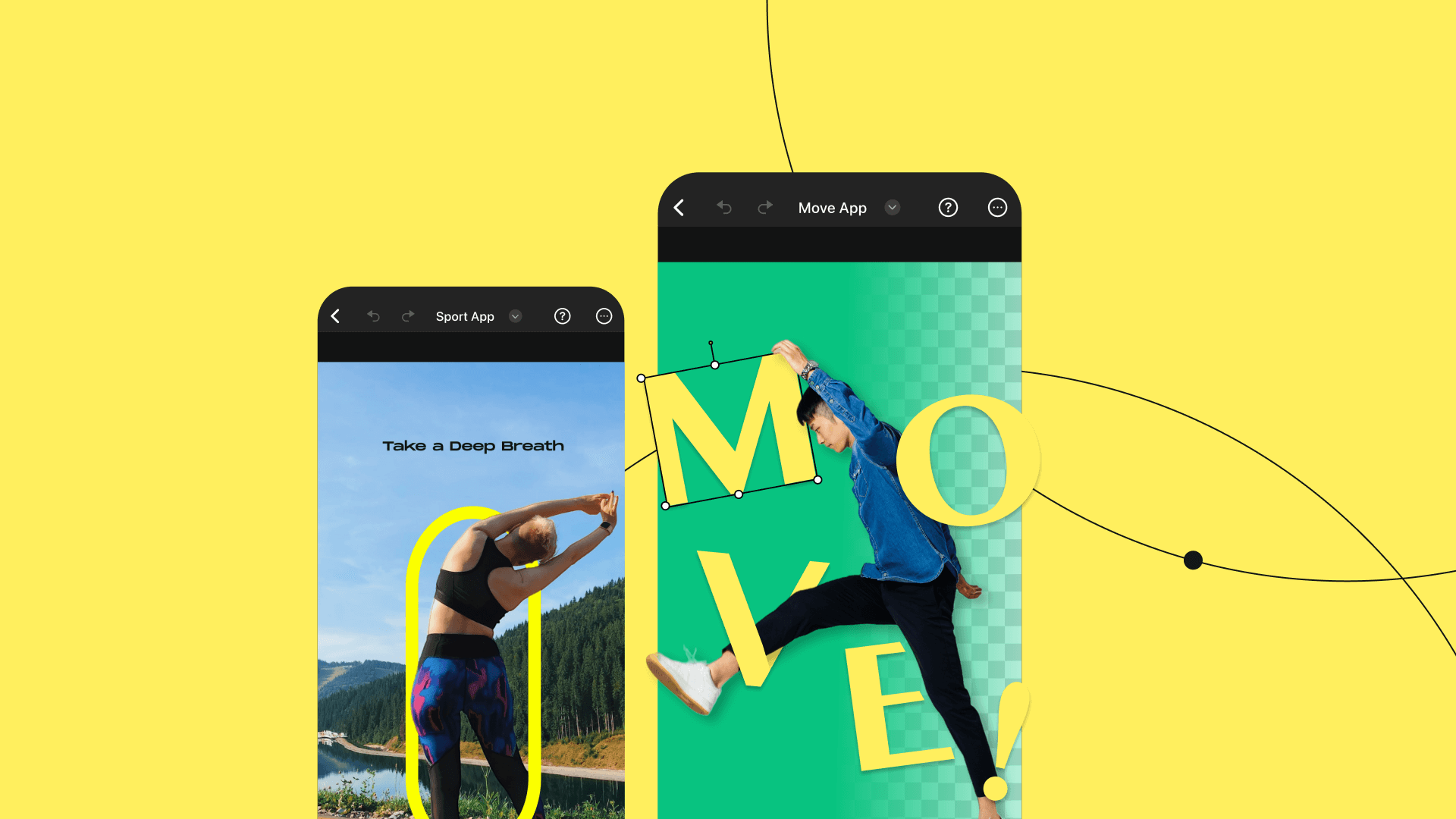
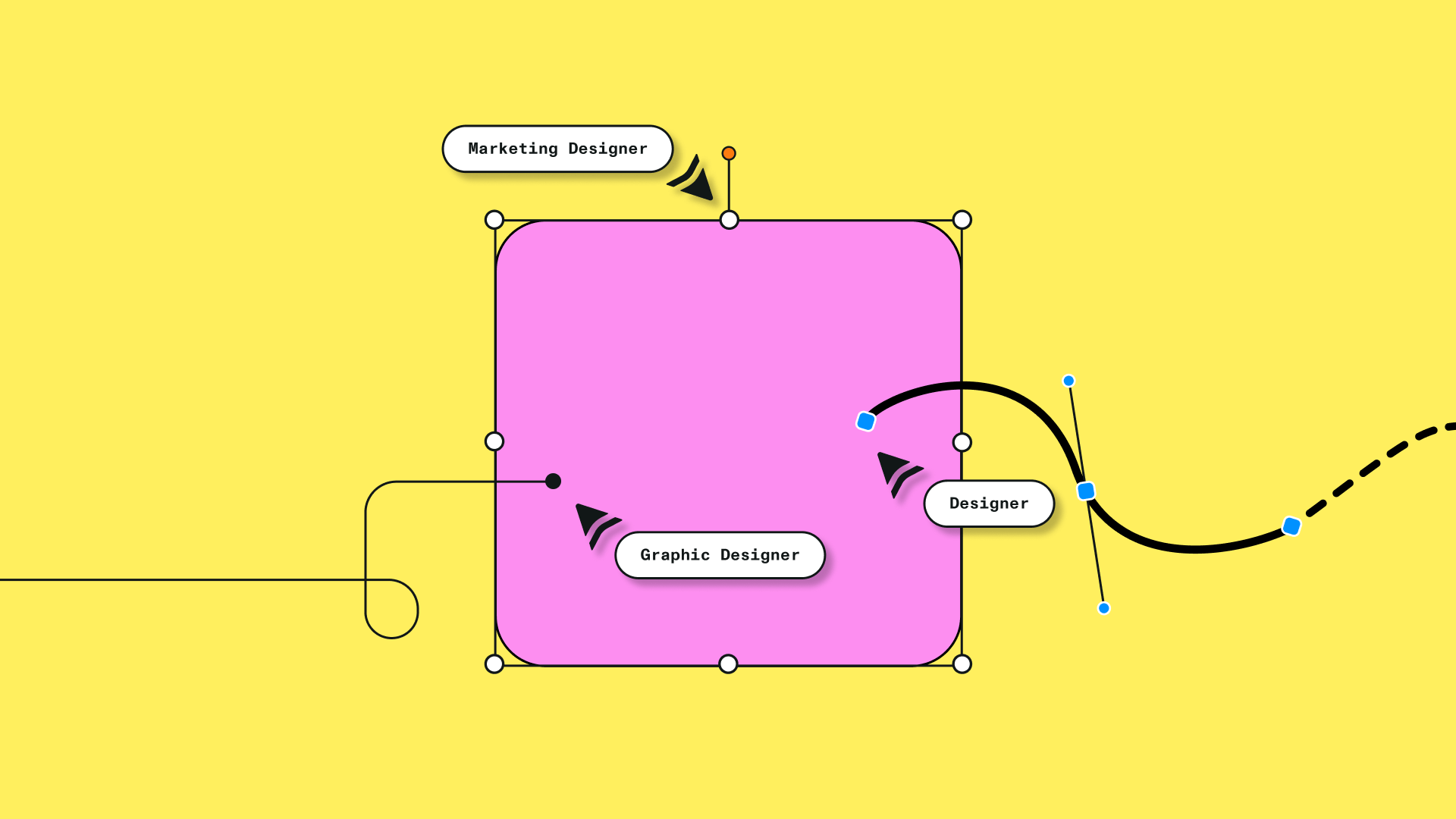
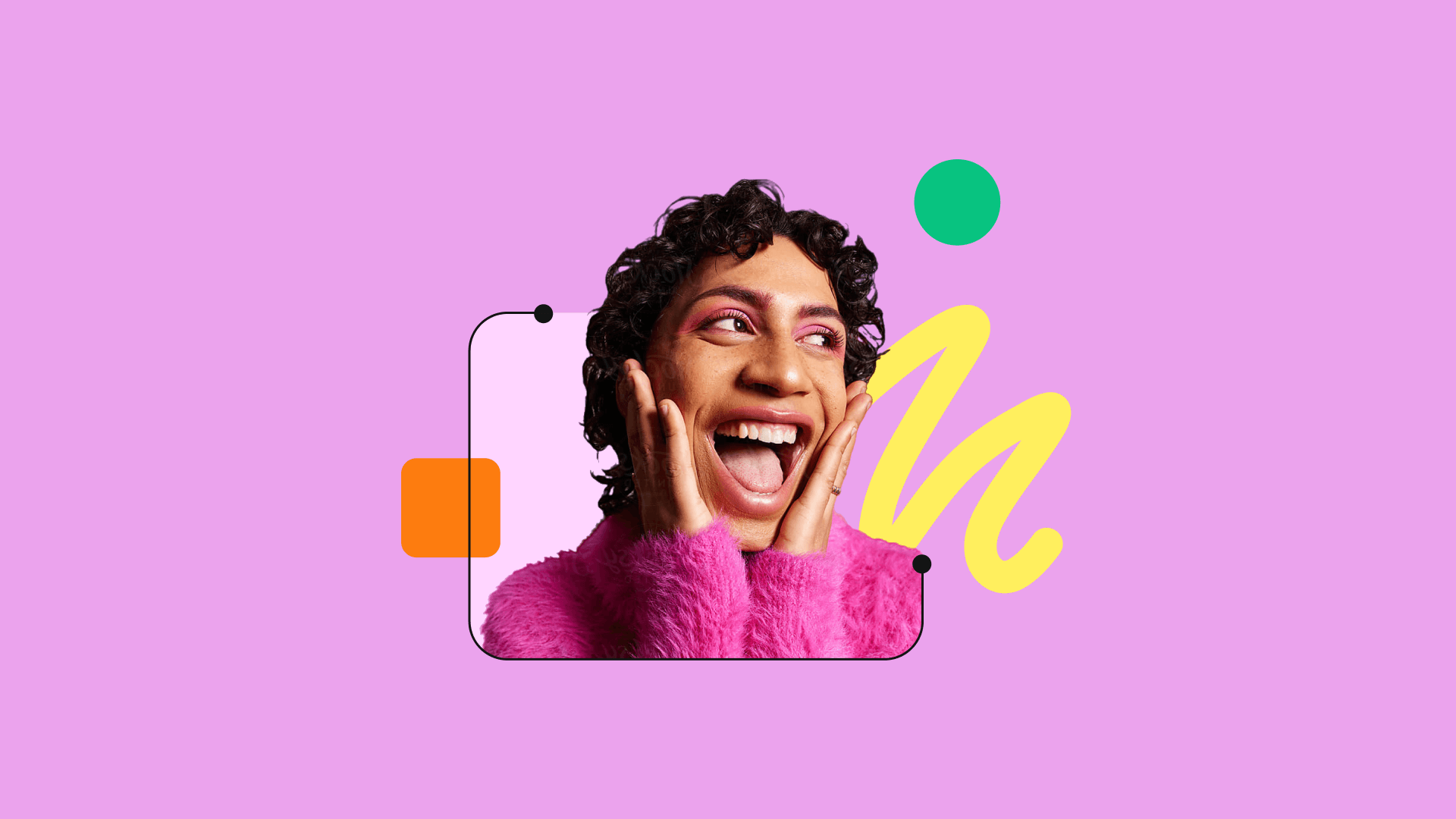
:quality(75))
